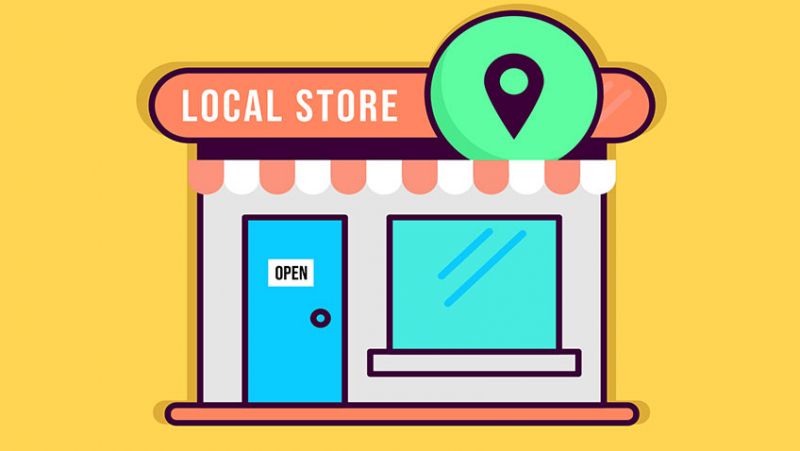
When I started my business from scratch, I didn’t have a huge marketing budget or a team of marketing specialists behind me. All I had was a product I believed in, a deep understanding of my target audience, and a passion to make a difference in the home improvement and design space. Today, I want to share with you the exact marketing strategy that took my business from zero to thriving, especially geared towards people like you — DIY enthusiasts, young professionals, architects, interior designers, and tradespeople living in the UK.
Understanding My Audience First
The biggest mistake I see new businesses making is trying to market to everyone. I didn’t fall into that trap. I took the time to research and get inside the minds of the people most likely to use my products and services.
For example, I knew young professionals wanted to create beautiful, functional spaces on a budget — often in rented flats or first-time homes. DIYers were looking for easy-to-follow guides and high-quality, durable tools. Meanwhile, architects and interior designers valued customisation and quality finishes that would impress their clients. And tradespeople needed efficiency, reliability, and competitive pricing.
By segmenting my audience and digging into their wants, challenges, and buying behaviour, I was able to craft marketing messages that felt personal and relevant to each group.
I conducted simple surveys, looked at forum discussions, joined Facebook groups, and even spoke one-on-one with several people in these categories. This foundational research became the cornerstone of every bit of marketing I did.
Creating Value Before Selling
Instead of immediately pushing products, I focused on building trust through valuable content. I launched a blog featuring expert DIY guides, trend reports for home décor, project inspiration, and tool reviews. I also offered downloadable resources like printable room planning templates and kitchen renovation checklists.
This approach positioned my business as a helpful authority, not just a seller. It attracted organic traffic via Google searches, increased time spent on my website, and — more importantly — kept people coming back for more.
It was a strategy of give-first marketing. And when I finally made product recommendations or launched a new item, my audience was already engaged and trusting of my brand, which meant higher conversion rates.
Leveraging Local SEO & Google My Business
Being a UK-based business, I recognised the power of local SEO early on. I made sure to optimise my website with location-specific keywords like “home improvement supplies London” and “bathroom tile shop Manchester.”
One of the most powerful tools I used was Google My Business. I created a detailed profile with photos, operating hours, and accurate business categories. Encouraging satisfied customers to leave positive reviews steadily pushed my business listing up in local searches. This was particularly effective for targeting architects and tradespeople looking for reliable suppliers nearby.
Additionally, I wrote location-specific blog posts and service pages, such as “How to Plan a Small Kitchen Renovation in Birmingham” or “The Best Flooring for Damp UK Climates.” These not only added SEO value but also reinforced that I truly understood the UK market.
Collaborating with Designers & Influencers
To rapidly expand my reach, I forged partnerships with micro-influencers in the interior design, DIY, and renovation niches. Many of them were UK-based Instagram creators and bloggers with highly engaged audiences.
Rather than paying hefty fees, I offered to send them our products for free in exchange for honest reviews or product demonstrations. This peer-to-peer trust had a massive impact on driving new traffic to our website and boosting sales.
For example, when a popular DIY influencer based in Leeds featured our adhesive tile backsplash installation kit, we saw a 400% increase in searches for that product on our site within one week. These partnerships acted as instant trust bridges between us and their followers.
We also ran co-branded competitions and DIY challenge series that engaged both our audiences, built email subscriber lists, and generated plenty of user-generated content.
Implementing a High-Converting Email Funnel
Email marketing became one of our highest-converting channels. But I didn’t just collect email addresses and send standard newsletters. I created automated email sequences tailored to where someone was in their renovation or design journey.
Here’s a simplified version of our funnel structure:
| Email Stage | Content | Objective |
|---|---|---|
| Welcome Email | Introduction to brand, story, and top-performing blog posts | Build credibility and interest |
| Value Email 1 | Free downloadable resource like a bathroom planner | Start solving a problem |
| Value Email 2 | Case study from architect or designer who used our products | Demonstrate social proof |
| Offer Email | 10% off first order or limited-time bundle | Encourage action |
| Follow-up | DIY video tutorial featuring the product | Support product use and encourage repeat purchase |
This personalised approach ensured that we weren’t just pushing a product, but guiding customers along their buying journey with genuine help and insight.
Using Social Media the Smart Way
I didn’t try to dominate every platform. I focused where my audience was: Instagram (especially for visual inspiration), YouTube (for tutorials and how-tos), and Pinterest (for organising renovation ideas). I shared behind-the-scenes peeks of real renovation projects, time-lapse DIY videos, and before-and-after makeovers.
Importantly, I responded to every comment, question, and message. That level of personal engagement made our followers feel valued and encouraged repeat interaction. I also encouraged customer-generated content by creating a branded hashtag — #RevampWithStyle — where people shared photos of their finished projects using our products.
Conclusion: Consistency Is King
None of this strategy worked overnight. But with consistency, testing, and a deep commitment to helping my audience, my business grew steadily from a one-person side hustle into a profitable, fast-growing enterprise.
If you’re running a home improvement, décor, or design-related business — or aspiring to start one — know that effective marketing doesn’t always mean spending big. With a strong understanding of your audience and a strategy focused on delivering value first, you can build powerful trust, generate word-of-mouth, and see your business thrive — just like mine did.
So what’s your marketing strategy? Are you speaking directly to the needs of your ideal customer in the UK? Let me know in the comments or drop me a message — I’d love to hear your story.





